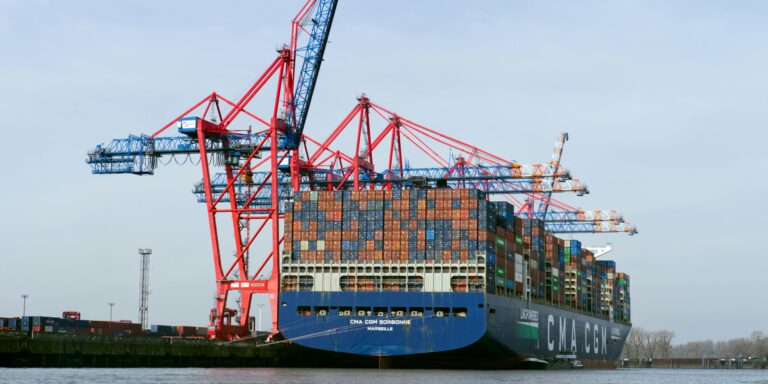On June 11, 2025, President Donald Trump unveiled a new trade agreement with China, signaling a significant shift in the ongoing economic relationship between the two nations. The deal, pending final approval from Chinese President Xi Jinping, introduces a cumulative 55% tariff on Chinese imports to the United States. In exchange, China has agreed to supply rare earth minerals critical to U.S. industries and to ease restrictions on Chinese students seeking education in American universities.
The announcement follows two days of intensive negotiations in London, aiming to stabilize trade relations that have been marked by escalating tariffs and mutual accusations of noncompliance. The agreement builds upon a previous consensus reached in Geneva, which had initially reduced tariffs but faced implementation challenges.
Key Components of the Agreement
Under the new framework, the United States will impose a 55% tariff on Chinese goods, encompassing existing levies and new charges related to issues such as drug trafficking. Conversely, China will reduce its tariffs on U.S. goods to 10%, a significant decrease from the 125% rate imposed earlier this year. This adjustment aims to facilitate a more balanced trade environment and address concerns over trade imbalances.
A central element of the deal is China’s commitment to supply rare earth minerals and magnets to the United States. These materials are essential for various sectors, including automotive, defense, and technology industries. However, China has stipulated that export licenses for these materials will be limited to six months, maintaining leverage in future negotiations.
Additionally, the United States has agreed to ease restrictions on Chinese students seeking to study at American universities. This move is seen as a gesture to improve bilateral relations and foster educational exchange, although specific conditions and limitations have not been disclosed.
Economic Implications and Market Reactions
The announcement coincided with the release of the U.S. Consumer Price Index (CPI) data for May, which showed a slight uptick in inflation to 2.4%, up from 2.3% in April. This increase, while modest, has raised concerns about the potential impact of elevated tariffs on consumer prices. Economists caution that the new tariffs could lead to higher costs for imported goods, potentially affecting inflation and consumer spending.
Financial markets responded cautiously to the news. While initial investor optimism led to gains in U.S. equity prices, these were tempered by concerns over the long-term effects of sustained tariffs and trade tensions. The S&P 500 and Nasdaq ended the day slightly down, and the Dow Jones remained flat, reflecting investor uncertainty.
Strategic Considerations and Future Outlook
The agreement underscores the strategic importance of rare earth minerals in the global economy. China’s dominance in the production and processing of these materials gives it significant leverage in trade negotiations. By securing a temporary supply of rare earths, the United States aims to mitigate potential disruptions to critical industries.
However, the six-month limitation on export licenses indicates that China intends to retain control over these resources, potentially using them as a bargaining chip in future discussions. Analysts suggest that this dynamic could lead to incremental deals and continued negotiations as both countries seek to balance economic interests with strategic considerations.
The agreement also reflects a shift in U.S. trade policy, with a focus on securing critical imports and addressing supply chain vulnerabilities. The administration’s willingness to impose substantial tariffs highlights a strategy aimed at encouraging domestic production and reducing reliance on foreign suppliers.
Conclusion
While the new U.S.-China trade agreement represents a step toward stabilizing bilateral economic relations, significant challenges remain. The limited duration of rare earth export licenses and the potential for renewed tensions underscore the fragility of the current truce. As both nations navigate this complex landscape, the global economy will be closely watching for signs of lasting resolution or further escalation.



